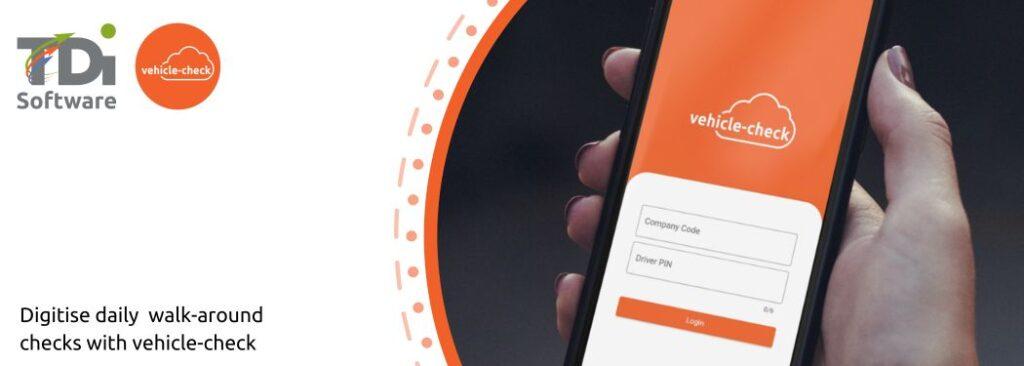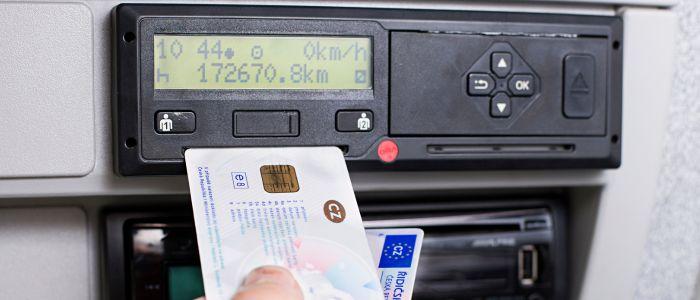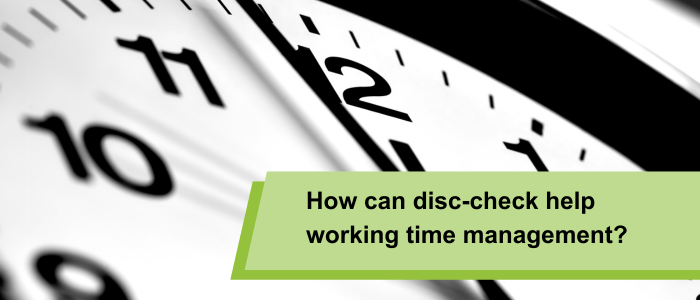
Daily vehicle walkaround checks are a legal requirement when driving an HGV (Heavy Goods Vehicle) or PSV (Public Service Vehicle.) All drivers should carry out a full check of their vehicle to ensure their vehicle is safe and roadworthy. Failing to complete and record a walkaround check could result in fines or penalties from DVSA. All vehicles should be checked inside and out for defects and each check should take around 10-15 minutes to complete.
Whilst daily vehicle checks are a legal requirement, it’s important to maintain roadworthiness for the safety of the driver and other road users, prevent unnecessary vehicle downtime, and avoid most breakdowns.
If a defect is found, it must be reported to the relevant person, but can you still drive the vehicle if a defect is reported?
How to report defects
There are two ways to record and log defects. Traditionally, paper walkaround checks have been the go-to choice amongst drivers. However, paper checks are harder to keep track of, and can easily become damaged or misplaced. In recent years, digital vehicle checks have become a favoured choice for many transport operators. By using a digital app such as vehicle-check, drivers can add photos and comments to any defects found and can be instantly reported to the transport office. Drivers can also easily access their previous checks through the app should they get pulled over by DVSA.
Each driver must complete a daily walkaround check at the start of their shift before they start driving. This also applies if a check has already been completed by another driver on a previous shift on the same day. This is to ensure each driver has their own record of a check being carried out and to ensure no defects have occurred during the previous journey.
What should I be checking in a walkaround check?
All vehicle parts should be checked for defects, both inside and outside. A comprehensive vehicle check should include but not be limited to the following:
- Mirrors and windows
- Lights and indicators
- Wheels and tyres
- Brakes and Steering
- Dashboard warning lights
- Load and load securing
- Trailers
You can find a fully comprehensive list on gov.uk. If you are using trailers or specialist equipment, this will also need a walkaround check before drivers start their journeys.
Can I still drive if I find a defect with my vehicle?
All defects must be reported to the relevant person, which could be a transport manager or a workshop and should be fixed as soon as possible. However, some defects such as minor scratches or cosmetic damage will not mean the vehicle is unsafe or unroadworthy. If a vehicle is deemed unsafe to drivers and road users or is unroadworthy, the vehicle must only be driven once the defect has been repaired.
What to do if a defect is found whilst driving?
If a defect is spotted during a shift and after a walkaround check has been completed, the driver should pull over when safe to do so and report the defect as soon as possible. When using vehicle-check, drivers can log a single defect within the app and instantly send this to the transport manager.
What happens next?
Once a defect is found and reported, it needs to be repaired. With software such as vehicle-check, all defects are logged on an online portal. Transport managers can get notified when defects are reported, then acknowledge and book repairs with a workshop using our scheduling tool. This ensures a full paper trail from reported to fixed and can ensure no defects are missed.
If you’d like to know more about our vehicle-check app, you can get a no-obligation demonstration and a 28-day free trial.






